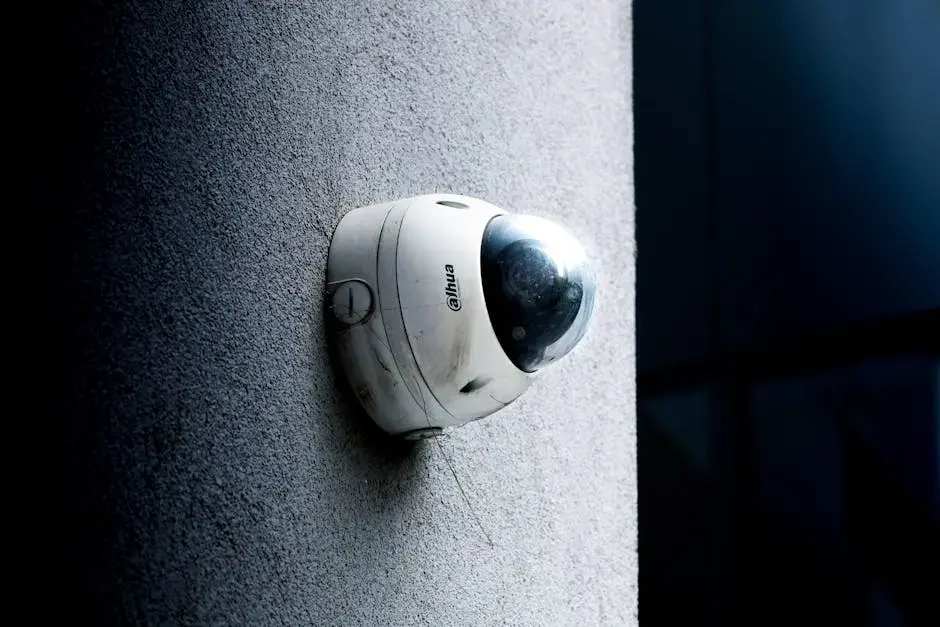What Training Does a Close Protection Unit Undergo?
- Kfir Goldin
- Nov 17, 2024
- 3 min read
Training for a close protection unit is essential to ensure the safety of the individuals they are assigned to protect. This blog explores the various components of their training, what skills they acquire, and why it's crucial for their role.

Understanding Close Protection Training
Close protection training is designed to equip security professionals with the necessary skills to safeguard individuals from potential threats. This training encompasses a variety of disciplines, including personal security, risk assessment, and conflict resolution.
The essence of close protection training lies in its focus on preemptive measures. Through thorough threat analysis and scenario planning, security personnel learn to identify potential risks before they become active threats.
Moreover, this training emphasizes the importance of adaptability. Each assignment can present unique challenges, and a successful close protection unit must be prepared to adjust their strategies accordingly. This fluidity can make all the difference in high-stakes situations.
Key Components of Close Protection Training
The training program for a close protection unit typically consists of several key components. First and foremost, security operatives undergo rigorous physical training to ensure they are fit and capable of responding to threats effectively.
Alongside physical fitness, tactical training is paramount. This includes learning defensive driving skills to navigate in high-risk environments, as well as personal defense techniques. Such skills help ensure the close protection unit can respond decisively under pressure.
Communication skills are another vital area of focus. A close protection team must work in harmony, often relying on non-verbal cues during operations. Enhanced communication fosters team cohesion and improves overall response times during critical incidents.
Finally, situational awareness training helps operatives remain vigilant while assessing their surroundings. This ability to notice minute details can be pivotal in averting potential threats.
Tactical Skills Development
Tactical skills development is a cornerstone of close protection training. This aspect includes various techniques for evasion, tactical retreat, and offensive maneuvers when necessary. Mastering these skills prepares close protection units for unexpected situations.
Hands-on training exercises often simulate realistic scenarios where operatives must demonstrate their tactical prowess. These live drills are crucial in providing real-world experience, making it easier for them to navigate threats while under pressure.
One fascinating facet of tactical training includes firearms proficiency. Close protection units often undergo intensive training on different types of firearms and their appropriate use. This aspect ensures that they can handle potentially dangerous situations when necessary.
Emergency Response and First Aid Training
Emergency response training is vital for a close protection unit. In high-pressure situations, the ability to remain calm and act swiftly can mean the difference between life and death.
In addition to general emergency response, first aid training forms a critical part of a close protection operative's skill set. They learn to administer basic medical care for injuries, which is essential when immediate medical assistance cannot be accessed.
This training includes CPR, wound management, and how to stabilize a person until professional help arrives. The emphasis on first aid ensures that regardless of the circumstance, the close protection unit can support their clients effectively.
Legal and Ethical Considerations
Legal and ethical considerations are crucial in close protection training. Protecting individuals does not only require physical prowess; it also demands an understanding of the legal frameworks surrounding personal protection.
Close protection operatives receive training on laws related to self-defense, use of force, and the rights of individuals. This training ensures that they can operate within legal bounds while providing effective protection.
Ethical training addresses the moral dilemmas that may arise in various situations. A well-trained close protection unit must balance the need for safety while respecting personal freedoms, creating an environment where clients feel secure.
Ongoing Training and Refreshers
Ongoing training and refreshers are fundamental to the success of a close protection unit. The security landscape is ever-evolving, with new threats and challenges arising regularly.
Regular refresher courses keep operatives up-to-date with the latest techniques, technologies, and legal developments. Such courses ensure that each member remains proficient and capable in their role, no matter how much time has passed since their initial training.
Moreover, participation in advanced training seminars allows units to refine their skills and learn from experts in the field. This continuous professional development is essential for maintaining a high caliber of service.
Final Thoughts on Close Protection Training
In conclusion, the rigorous training that close protection units undergo prepares them for the diverse challenges they may face. From tactical skills to legal knowledge, each aspect of their training is vital for their effectiveness and the safety of their clients.




Comments